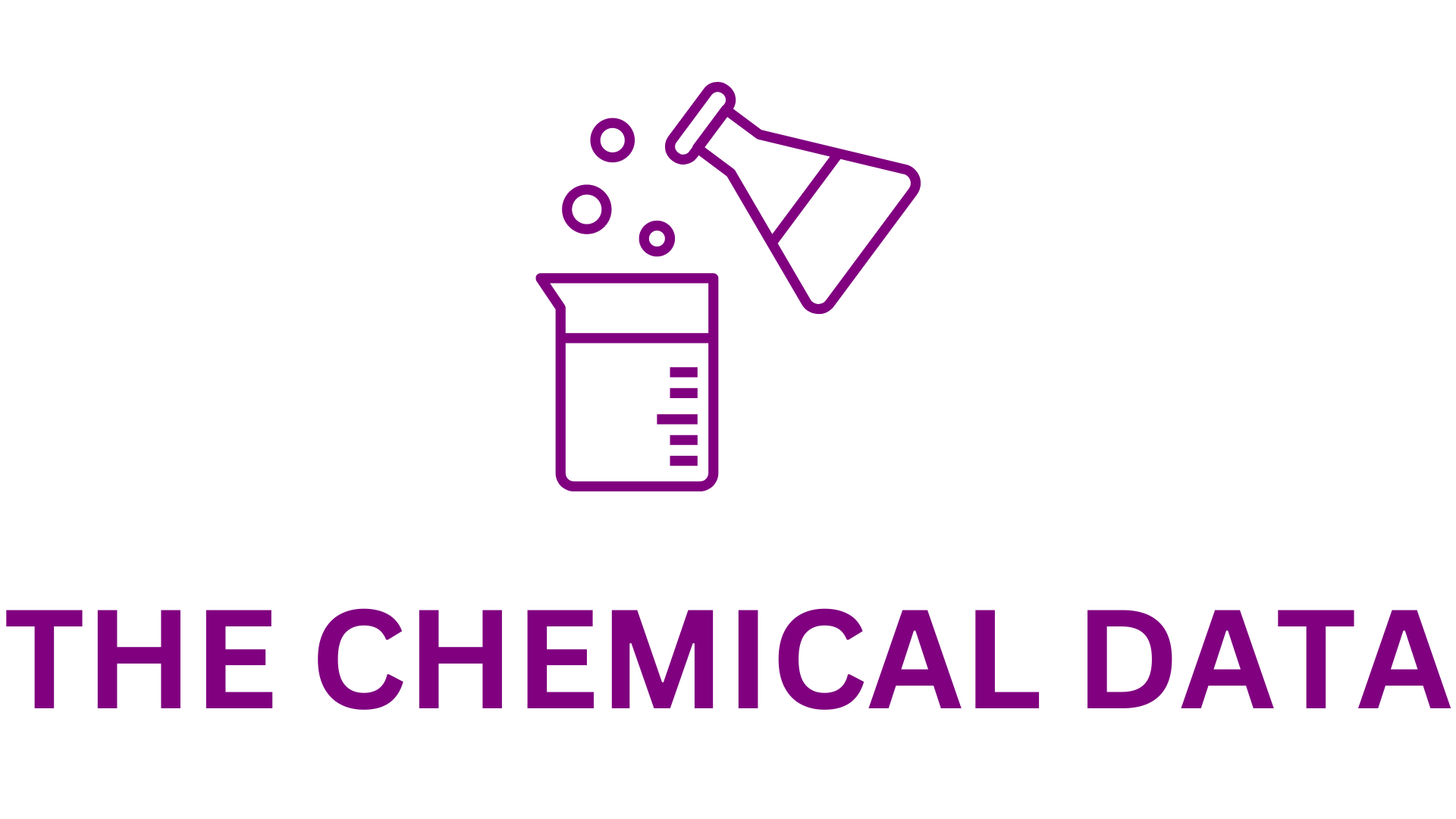
In today’s linear economy, products are not manufactured, used, disposed of, and recycled sustainably. This is particularly true for plastic products, which are often not valued as the resources they could be at the end of their lifecycle. This linear approach leads to climate change, resource waste, and environmental pollution. Numerous solutions exist for addressing the challenges of a linear economy, with design being among the most important yet often overlooked.
Design, though less commonly associated with the chemical industry or circular economy, plays a critical role in enabling circularity. It presents a significant opportunity for providers of sustainable, high-performance materials like Covestro to leverage their expertise.
“The design phase determines a large part of a product’s environmental impact: from the choice of materials to repairability, from a long and useful product life to recyclability. We, therefore, can’t understate the importance of design when aiming for full circularity,” explains Dr. Christopher Stillings, Head of Color & Design at Covestro’s Business Entity Engineering Plastics. “As materials experts early in the value chain, we at Covestro are ideally positioned to advise our customers and partners on implementing circular design principles in product conception. We seek systematic collaboration with designers to harness this potential.”
Gaining Momentum While product design itself is not new, a shift is occurring, driven in part by regulators placing greater emphasis on the topic. For instance, the EU is tightening requirements for environmentally friendly product designs and has approved new rules to make products sold in the EU more reusable, repairable, upgradeable, and recyclable. Additionally, a proposal for a DIN standard on achieving circular product design is underway. In the USA, the Department of Energy’s “Strategy for Plastics Innovation” also emphasizes “Recyclability by design.” Other regulatory bodies are considering similar initiatives.
To capitalize on this momentum, Covestro offers solutions in several key areas:
- Dematerialization: For example, through digitalizing sampling processes. Covestro recently announced its new IMAGIO® CQ digital sampling tool for this purpose.
- Design for Longevity: This is fundamental for a high-performance materials manufacturer, providing materials for products such as cars, buildings, and the cold chain that have a lifespan of several decades.
- Modular Design: Facilitating easier disassembly and recycling of product parts.
- Use of Circular Raw Materials: Utilizing materials with a low emission footprint to enhance the circularity of the products from the start.
The push for circular design is strengthening, and Covestro is addressing the topic from multiple angles. In fact, Covestro has been engaging with this topic for decades and has built substantial expertise. An example is the K67, a car made entirely of plastics for the K-fair back in 1967.







